Description
Discover the Boa Constrictor: A Fascinating Exotic Pet
The boa constrictor, one of the most iconic and mesmerizing snakes in the world, is a popular choice for exotic pet enthusiasts. Known for their impressive size, striking patterns, and calm demeanor, boa constrictors can make rewarding pets for those who understand their unique needs. If you’re considering adopting a boa constrictor, it’s essential to learn about their care requirements, temperament, and the responsibilities involved. Let’s explore what makes the boa constrictor such a captivating companion.
Introduction to the Boa Constrictor
The boa constrictor (Boa constrictor) is a large, non-venomous snake native to Central and South America. These powerful reptiles are known for their muscular bodies, which they use to constrict and subdue their prey. Boa constrictors come in a variety of colors and patterns, making them a visually stunning addition to any exotic pet collection.
Physical Characteristics
Boa constrictors are known for their impressive features:
- Size: They can grow between 6 to 10 feet in length, with some individuals reaching up to 12 feet.
- Weight: Adult boas typically weigh between 20 to 30 pounds, depending on their size and diet.
- Coloration: Their patterns vary widely, from earthy browns and tans to vibrant reds and oranges, often with distinctive saddle-like markings.
- Lifespan: With proper care, boa constrictors can live for 20 to 30 years in captivity.
Behavior and Temperament
Boa constrictors are generally docile and easy to handle, making them a favorite among snake enthusiasts. They are solitary creatures that prefer a calm and quiet environment. While they are not aggressive, they are powerful animals and should be handled with care, especially as they grow larger. Regular, gentle handling from a young age helps them become more comfortable with human interaction.
Care Requirements for Boa Constrictors
1. Housing
Boa constrictors need a spacious and secure enclosure that allows them to stretch out and move freely. A glass terrarium or custom-built wooden enclosure with proper ventilation is ideal. The enclosure should include:
- Hiding spots: Provide at least two hiding areas (one on the warm side and one on the cool side) to help your boa feel secure.
- Substrate: Use materials like cypress mulch, coconut fiber, or aspen shavings for bedding.
- Climbing branches: Boas enjoy climbing, so adding sturdy branches or shelves can enrich their environment.
2. Temperature and Humidity
- Temperature: Maintain a temperature gradient of 75-85°F (24-29°C) with a basking spot of 88-90°F (31-32°C).
- Humidity: Keep humidity levels between 60-70% to support healthy shedding. A large water bowl and occasional misting can help maintain humidity.
3. Diet
Boa constrictors are carnivorous and primarily eat rodents, such as mice and rats. The size of the prey should match the width of the snake’s body. Feed juveniles every 7-10 days and adults every 10-14 days. Always provide pre-killed or frozen-thawed prey to avoid injury to your snake.
4. Handling
Regular, gentle handling helps boa constrictors become accustomed to human interaction. Avoid handling them for 48 hours after feeding to prevent regurgitation. Always support their body fully and avoid sudden movements.
Legal Considerations
Before adopting a boa constrictor, research local laws and regulations regarding exotic pet ownership. Some areas may require permits or have restrictions on keeping large snakes. Compliance with these laws is essential to ensure the well-being of your pet and avoid legal issues.
Why Adopt a Boa Constrictor?
Boa constrictors are fascinating creatures that offer a unique pet-owning experience. Their calm temperament, striking appearance, and relatively low-maintenance care make them a popular choice for reptile enthusiasts. However, they are a long-term commitment, and potential owners must be prepared to provide proper care for decades.
Interesting Facts About Boa Constrictors
- Boa constrictors are excellent swimmers and climbers, making them highly adaptable to various environments.
- They use heat-sensing pits on their faces to detect warm-blooded prey, even in complete darkness.
- Boas give birth to live young instead of laying eggs, with litters ranging from 10 to 60 babies.
- They play a vital role in their ecosystems by controlling rodent populations.
Conclusion
The boa constrictor is a magnificent and captivating reptile that can make a wonderful pet for the right owner. If you are prepared to provide the care, space, and attention they need, a boa constrictor can be a lifelong companion and a source of endless fascination. Before adopting, ensure you fully understand their care requirements and legal considerations.
At ExoticPetsCare.com, we are dedicated to helping you find the perfect exotic pet. Contact us today to learn more about adopting a boa constrictor or to explore other exotic pet options available to you.

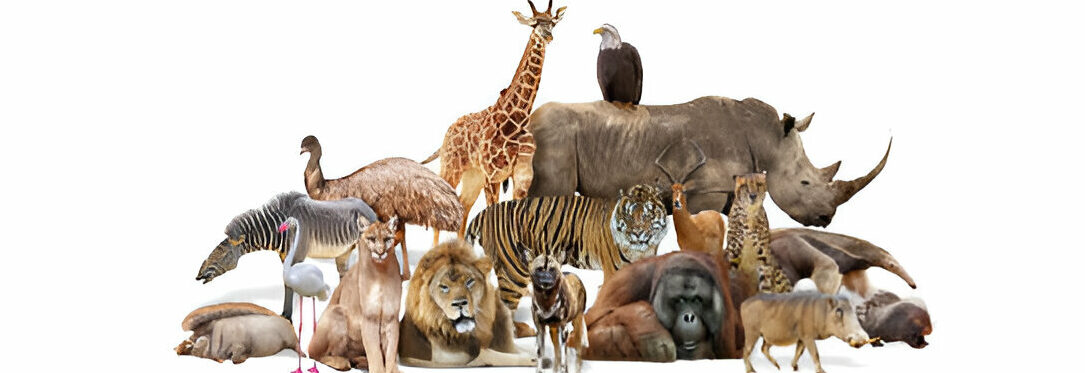
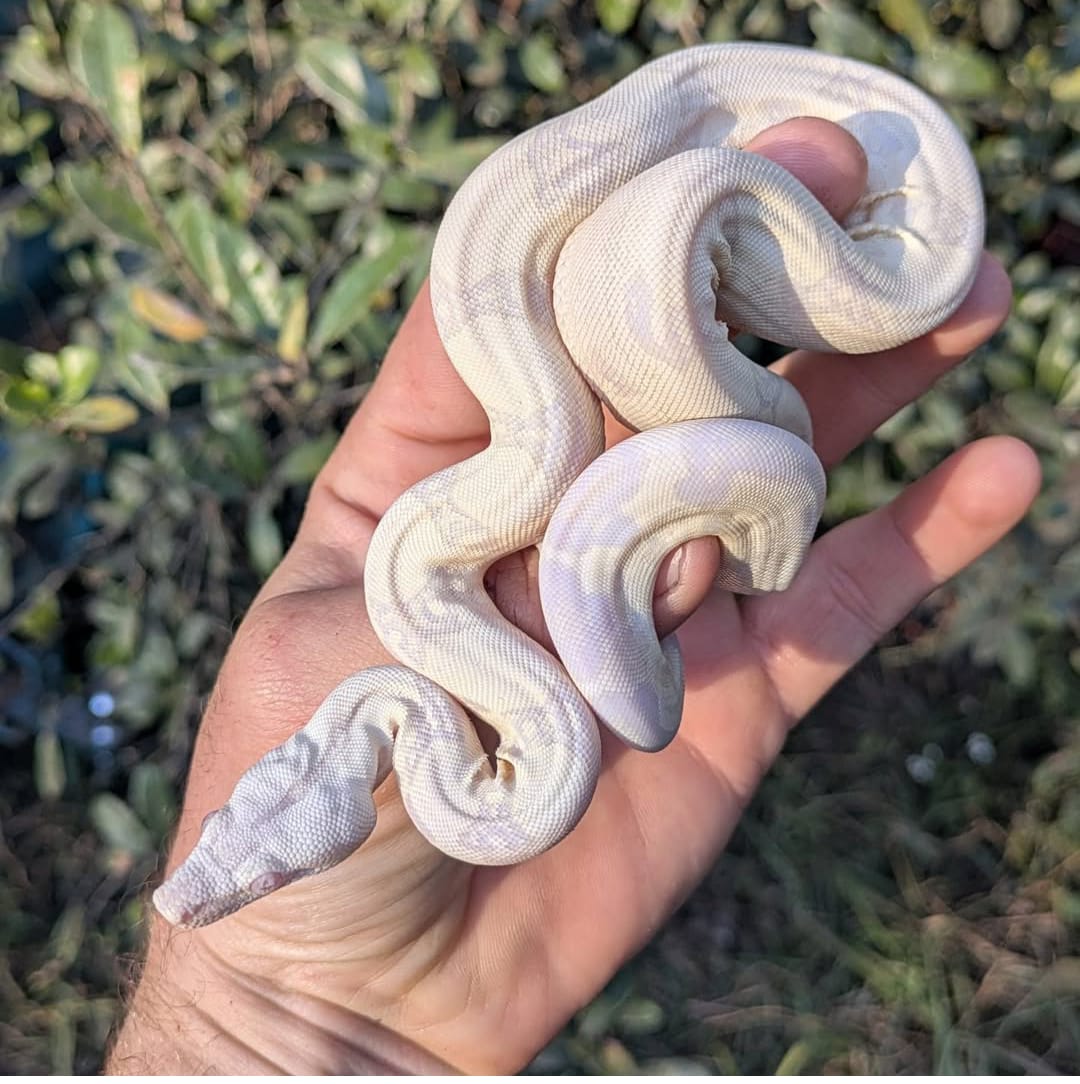

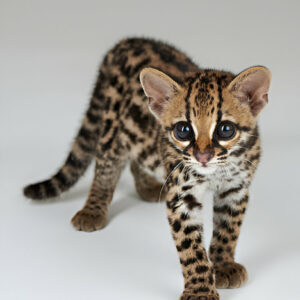
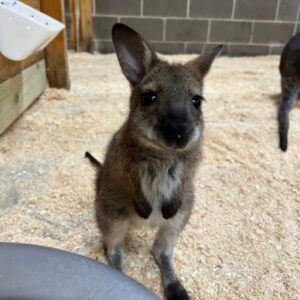
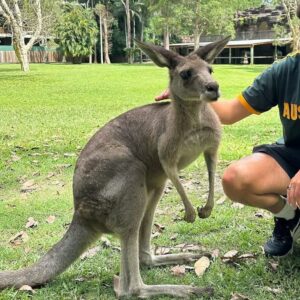
Reviews
There are no reviews yet.